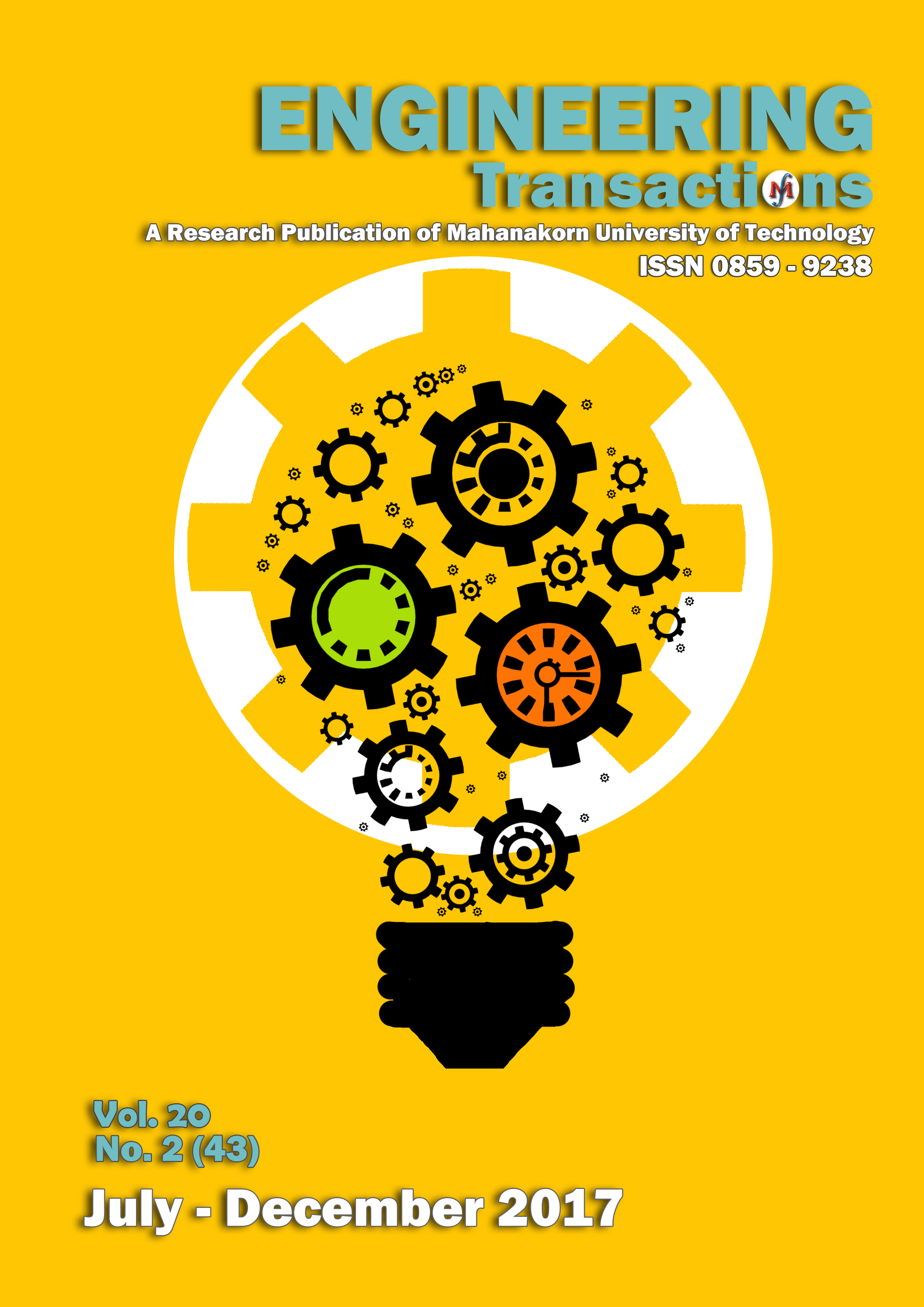Opportunity of Near Equatorial Orbit (NEO) for Thailand’s Earth Observation System
Main Article Content
Abstract
This paper reviews the suitable satellite orbit for remote sensing applications, particularly over the near equatorial regions. Generally, the selected satellite orbit for observing the Earth is the Sun synchronous orbit (SSO). However, there is some limitation of SSO to serve the requirements of critical circumstances for disaster or defence events, such as high visibility and high-rate revisiting over the target area. One possibility is to make use of a low-inclined orbital plane. Nevertheless, this orbit type provided the intermittent of revisiting time. This may not exactly meet the full requirements. This paper reviews approaches of making use of Near Equatorial Orbit (NEO) associated with other orbit types for observing the region in low latitude near the Earth equator.
Article Details
Copyright @2021 Engineering Transactions
Faculty of Engineering and Technology
Mahanakorn University of Technology
References
The Twelfth National Economic And Social Development Plan (2017 - 2021), Office of the National Economic and Social Development Board, 2017.
R.J. Boain, “A-B-Cs of Sun-Synchronous Orbit Mission Design”, Proceedings of the 14th AAS/AIAA Space Flight Mechanics Conference, AAS04-108, 2004.
M. Davidoff, The Satellite Experimenter’s Handbook, The American Radio Relay League, Inc., 1990, ch.11.
G. Maral, M. Bousquet, Satellite Communications Systems : Systems, Techniques and Technology 5th edition, 2009, ch. 9.
M. J. Nadoushan and N. Assadian, “Repeat Ground Track Orbit Design With Desired Revisit Time And Optimal Tilt”, Aerospace Science and Technology, vol. 40, pp. 200–208, 2015.
GISTDA, “Instructions to Bidders for Satellite Systems, Ground Segments and GIS Applications/ Solutions: THAILAND EARTH OBSERVATION SYSTEM-2 (THEOS-2)”, p. 101, 2016.
A. Ciccolella, Mission Analysis Aspects for Earth Observations Missions, ESA, 2010.
M. Krynitz1 and K. Olafsson, “Inclined Satellite Orbits and Resulting Ground Station Network Solutions For Near Equatorial Areas”, The proceedings of 34th Asian Conference on Remote Sensing 2013, pp. 288 – 293, 2013.
Committee on Earth Observation Satellites (CEOS) handbook, url : http://database.eohandbook.com/
Celestrak, Center for Space Standard and Innovation, url : https://celestrak.com
SATVIEW – The most complete list of satellites in the sky, url : http://www.satview.org
Live Real Time Satellite Tracking and Predictions, url : http://www.n2yo.com


